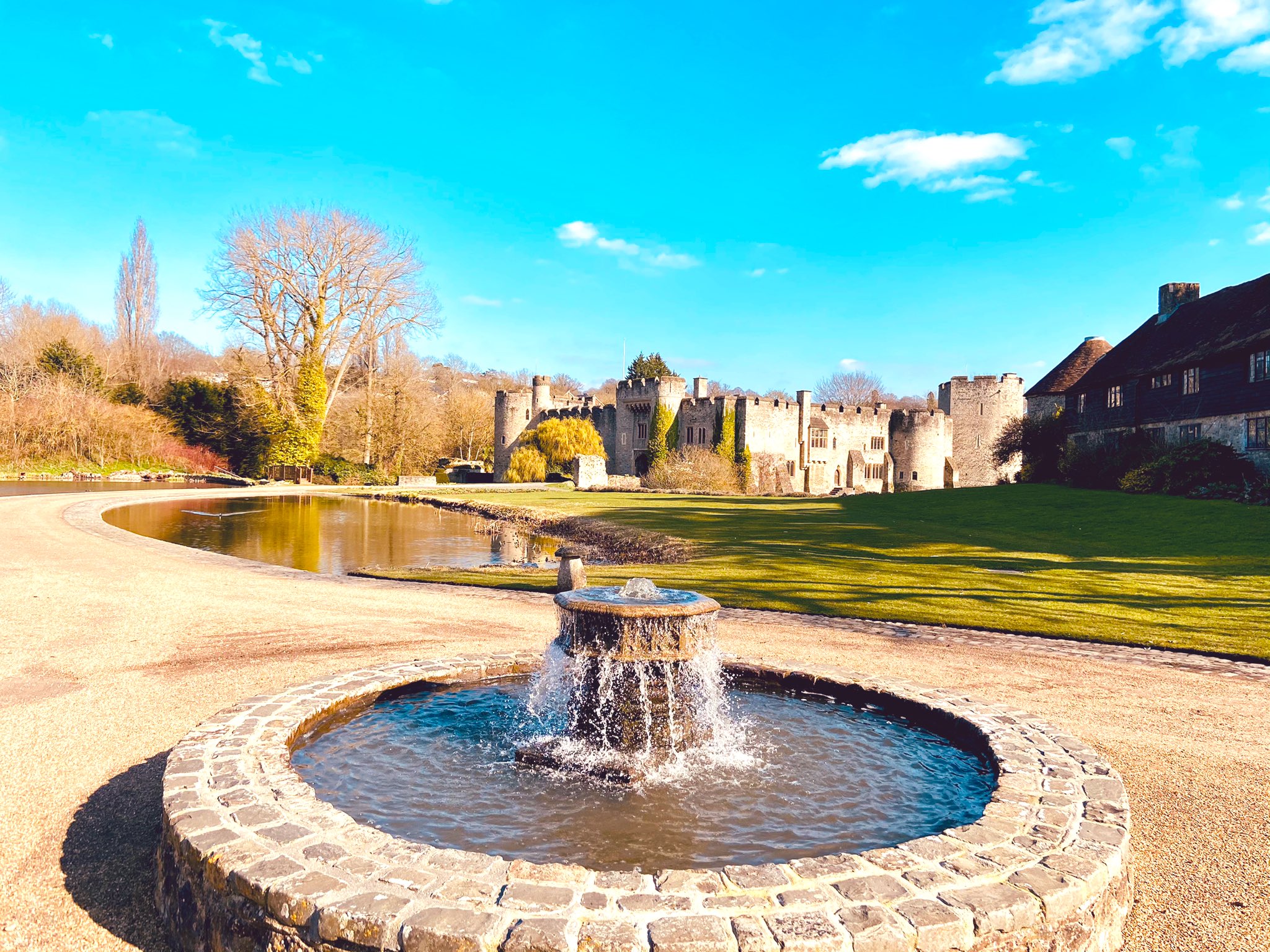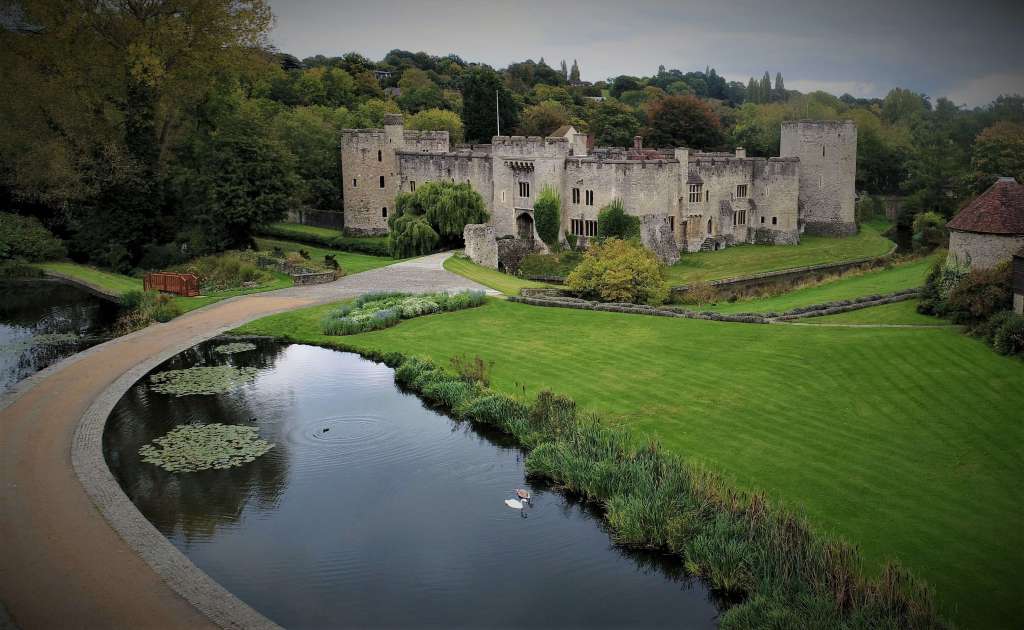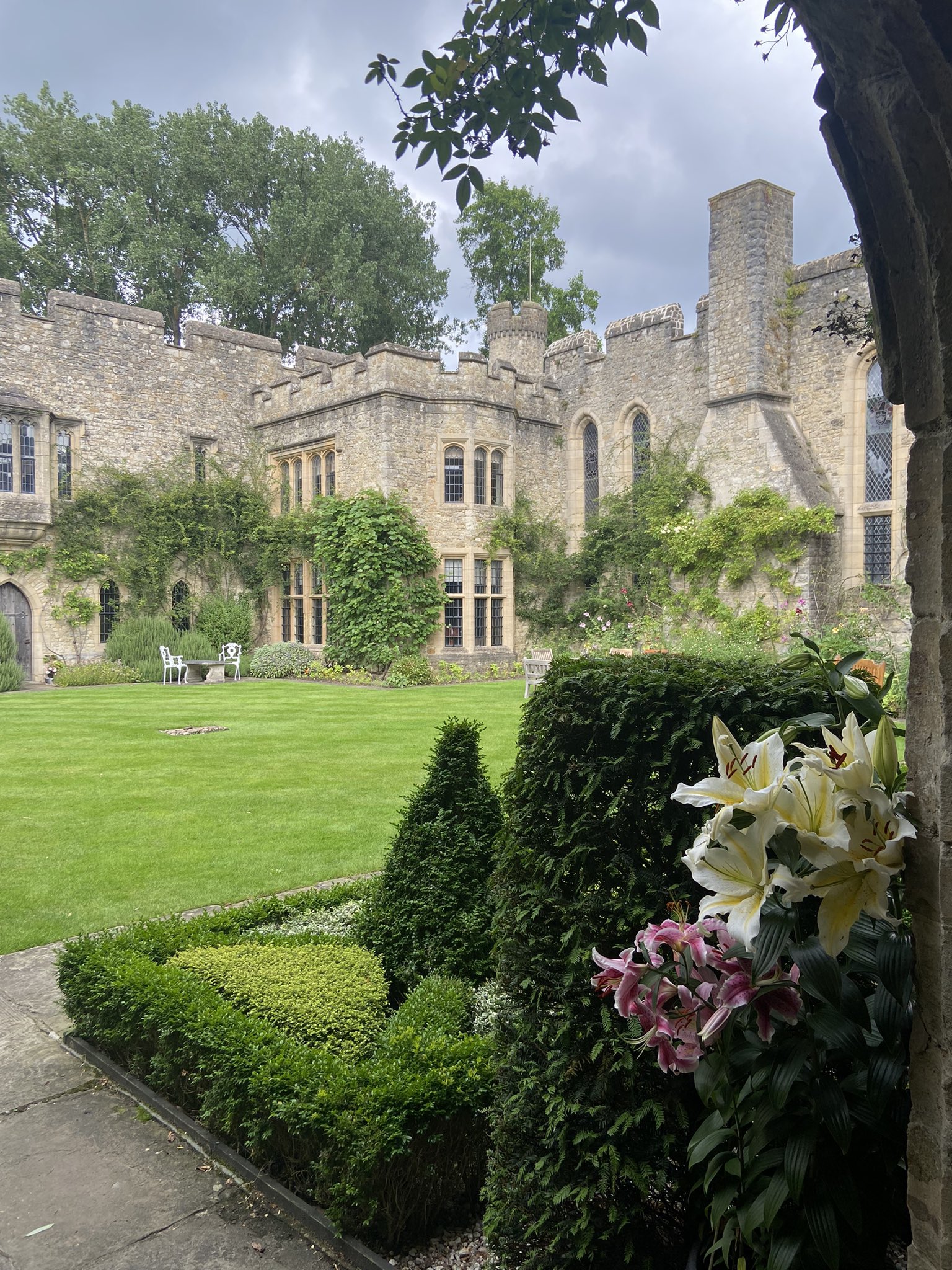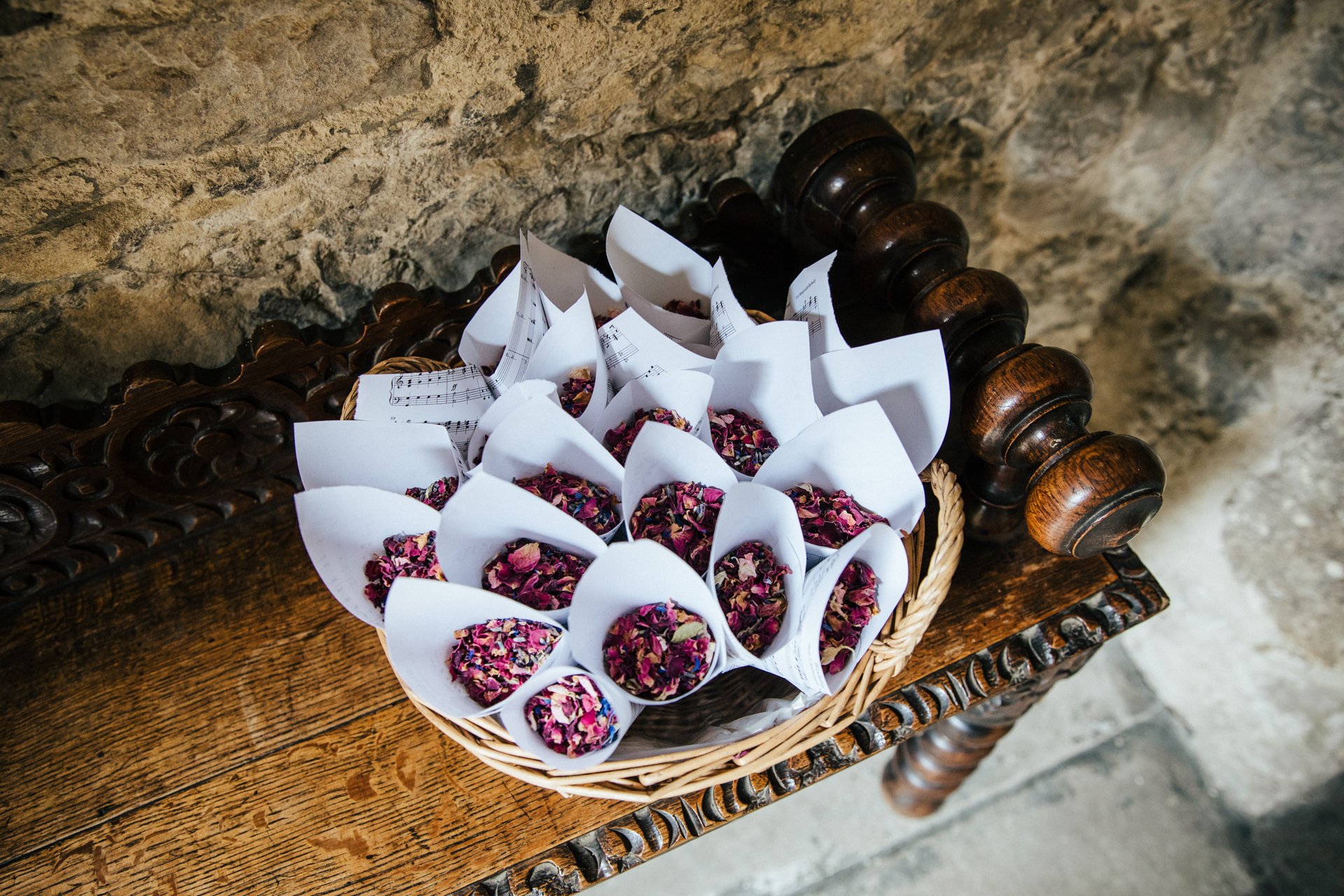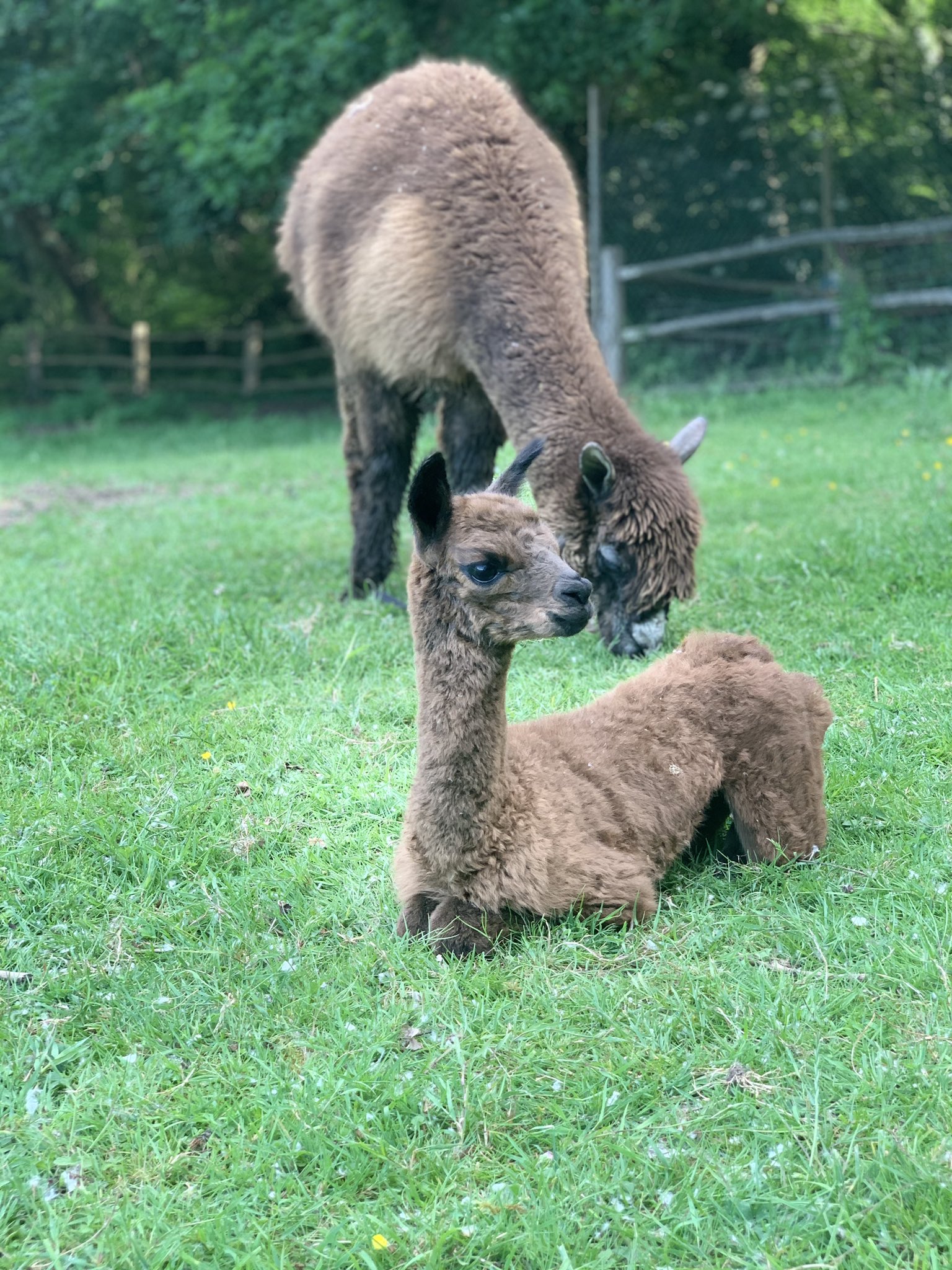The Origins
Allington Castle is a stone-built moated castle in Allington, Kent, just north of Maidstone, in England.
The first castle on the site was an unauthorised fortification, built during “The Anarchy” (1135–53) and torn down later in the century when royal control was reasserted. It was replaced by a manor house, which was fortified with royal permission in the 13th century. Various alterations and expansions were made by successive owners over the following two centuries. The property was developed into a fortified compound with six towers at irregular intervals along the curtain wall and domestic buildings in the interior, including one of the first long galleries built in England. In 1554 it was seized by the Crown in the course of dispossessing its owner, Sir Thomas Wyatt the Younger, after the failure of his rebellion against Queen Mary
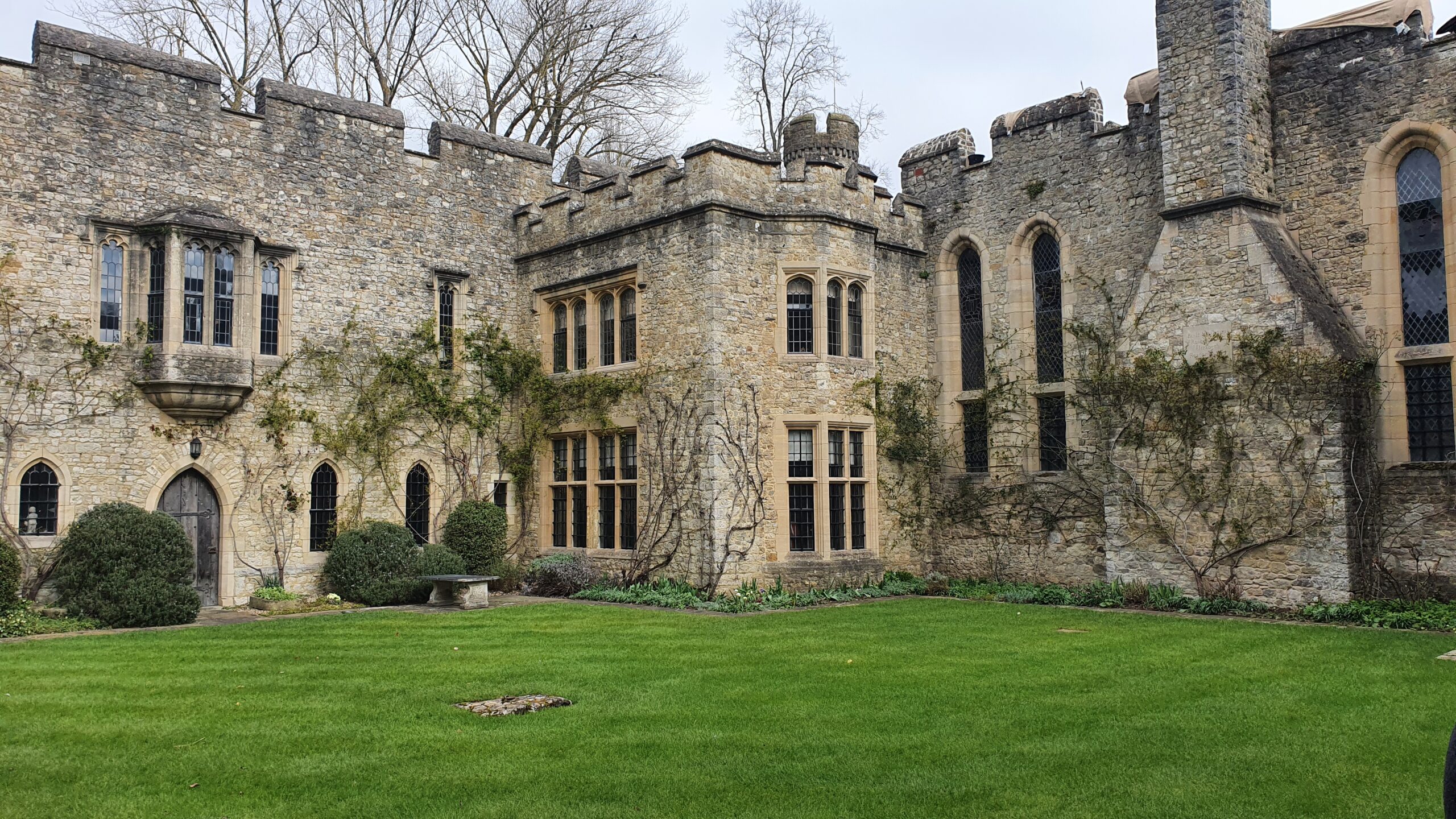
Fall Into Ruin
The castle and manor were granted in 1568 to John Astley, Queen Elizabeth’s Master of the Jewel House, though he did not live there. Around 1600, two farm houses were subsequently built in the grounds of Allington Castle while the rest of the castle gradually fell into ruin.
Most of the Great Hall and the north-east wing were destroyed in a disastrous fire in the second half of the 16th century. An early 17th-century lessee named John Best pulled down the battlements and added a half-timbered gabled second storey to the east and west wings as a replacement for the fire-damaged areas of the castle. The Bests were Catholics and used a room in the east tower as their private chapel. There is still a priest hole in the lodge of the gatehouse, a sign of the persecution that Catholics faced at the time.
Allington Castle was bought in 1720 by Sir Robert Marsham, the 2nd Baron Romney and a descendant of the Wyatts, but he did not live there and let it deteriorate. Its decaying appearance was recorded by JMW Turner in sketches and watercolours made in 1798.
The top of the Long Gallery was destroyed in another fire in the early 19th century and the rest of the castle was nearly demolished a few decades later by Charles Marsham, 5th Earl of Romney. He was dissuaded by opposition from local residents, notably the Rector of the nearby Church of St. Lawrence, but by this time the castle was totally ruined. The Penchester wing was abandoned and used as a quarry for building materials, while the ground-floor remnants of the Long Gallery were converted into a pair of farmhouses.
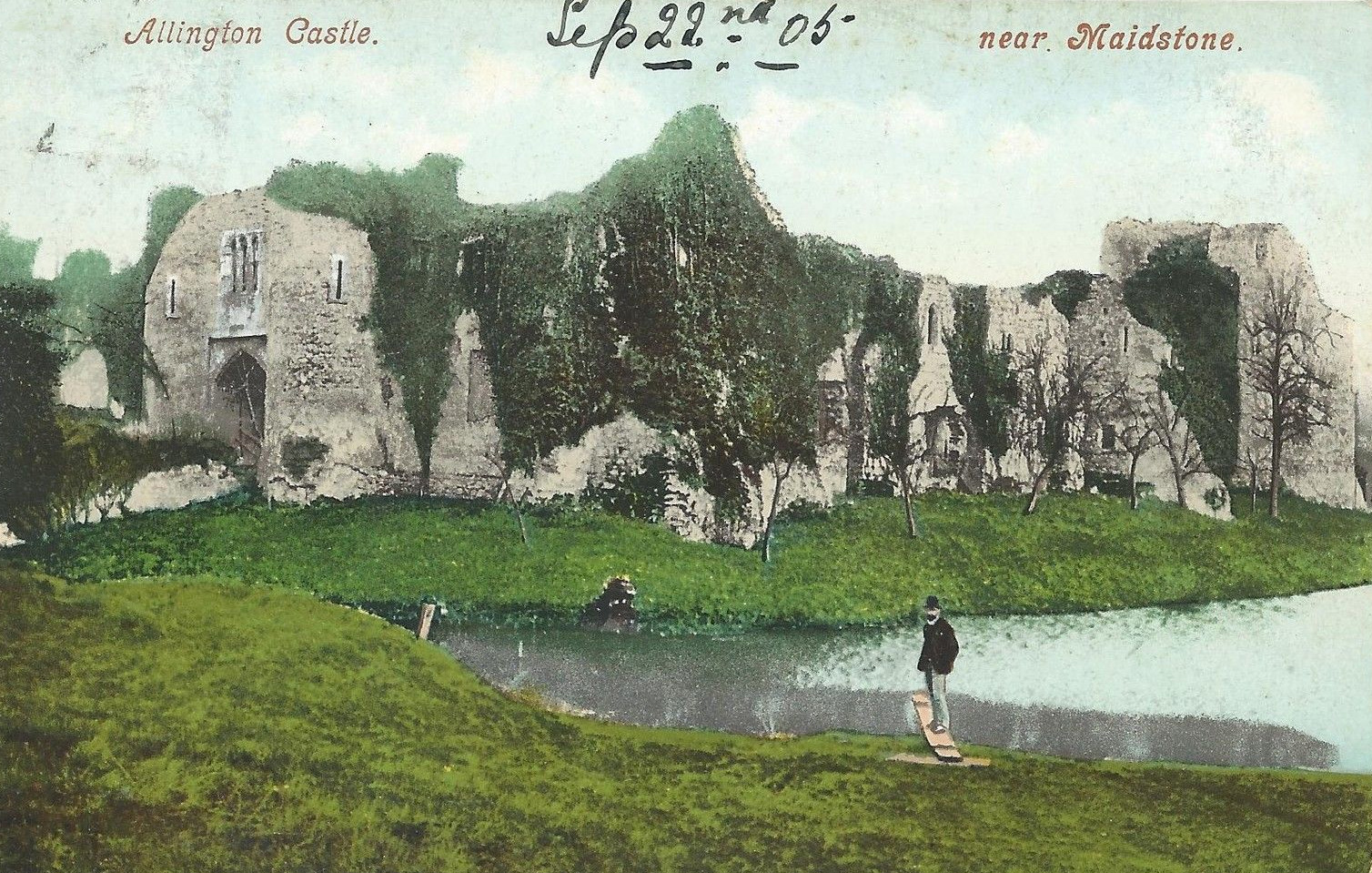
Its Restoration
In 1895, a retired London barrister named Dudley C. Falke rented the castle from Lord Romney and began the lengthy task of restoration.
However, this proved too expensive for his resources. In 1905 he approached the distinguished mountaineer and cartographer Sir William Martin Conway (later Lord Conway), who he had heard was looking to buy an old castle or manor house. Conway had posted an advertisement in The Times stating: “Wanted to purchase, an old manor-house or abbey, built in the 16th century or earlier.” The castle made a great impression on Conway and his American wife Katrina when they saw it for the first time.
The castle was managed between 1951 and 1958 by the Institute of Our Lady of Mount Carmel, which undertook a substantial programme of repairs and restoration. It subsequently became a centre for ecumenical work with the monastic community at Aylesford taking on responsibility for running it. Further renovations were undertaken to provide accommodation and facilities for the castle’s inhabitants. In September 1972, Allington Castle became an independent priory. The friars eventually vacated the castle in 1999. It is now the home of Sir Robert Worcester, the founder of the MORI polling company. The castle is not open to the public, but is used as a wedding venue. It has been a Grade I listed building since 1951
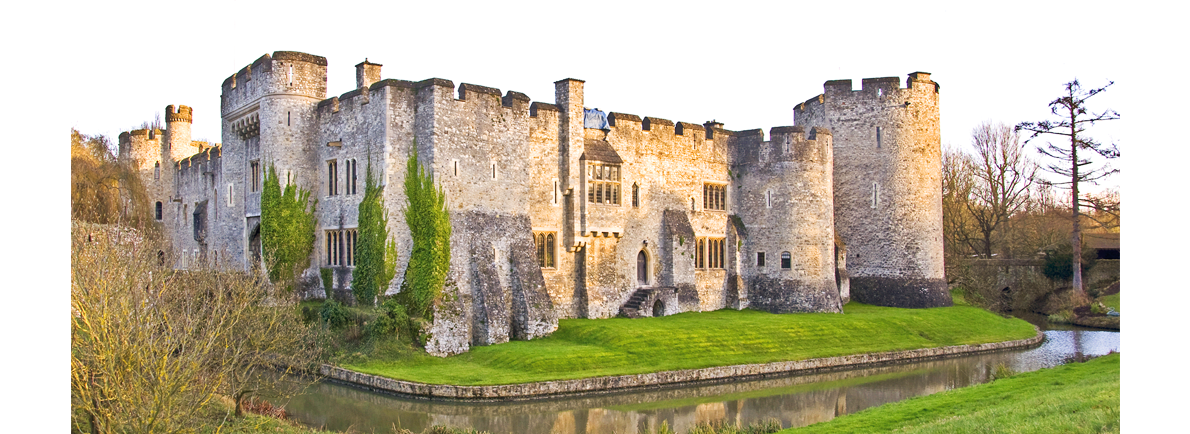
Why we chose Allington Castle
After looking at every venue between Bournemouth and Kent, we chose Allington because of our shared passion for historic buildings, and the ability to have both a Castle and Barn wedding! We are fortunate that both our grandparents instilled a passion for history in us at an early age, and that Allington shares both the historical beauty and elegance for our special day.
As a couple, we never thought it would be possible for us to find a venue for our wedding that is not only as amazing as Allington, but also to be able to afford it. Whilst we have let people know the location of the venue we haven’t allowed anyone else to see it until our special day. (including the parents!)
We will never forget driving through the gatehouse and down the drive on our first visit and instantly falling in love with it!
